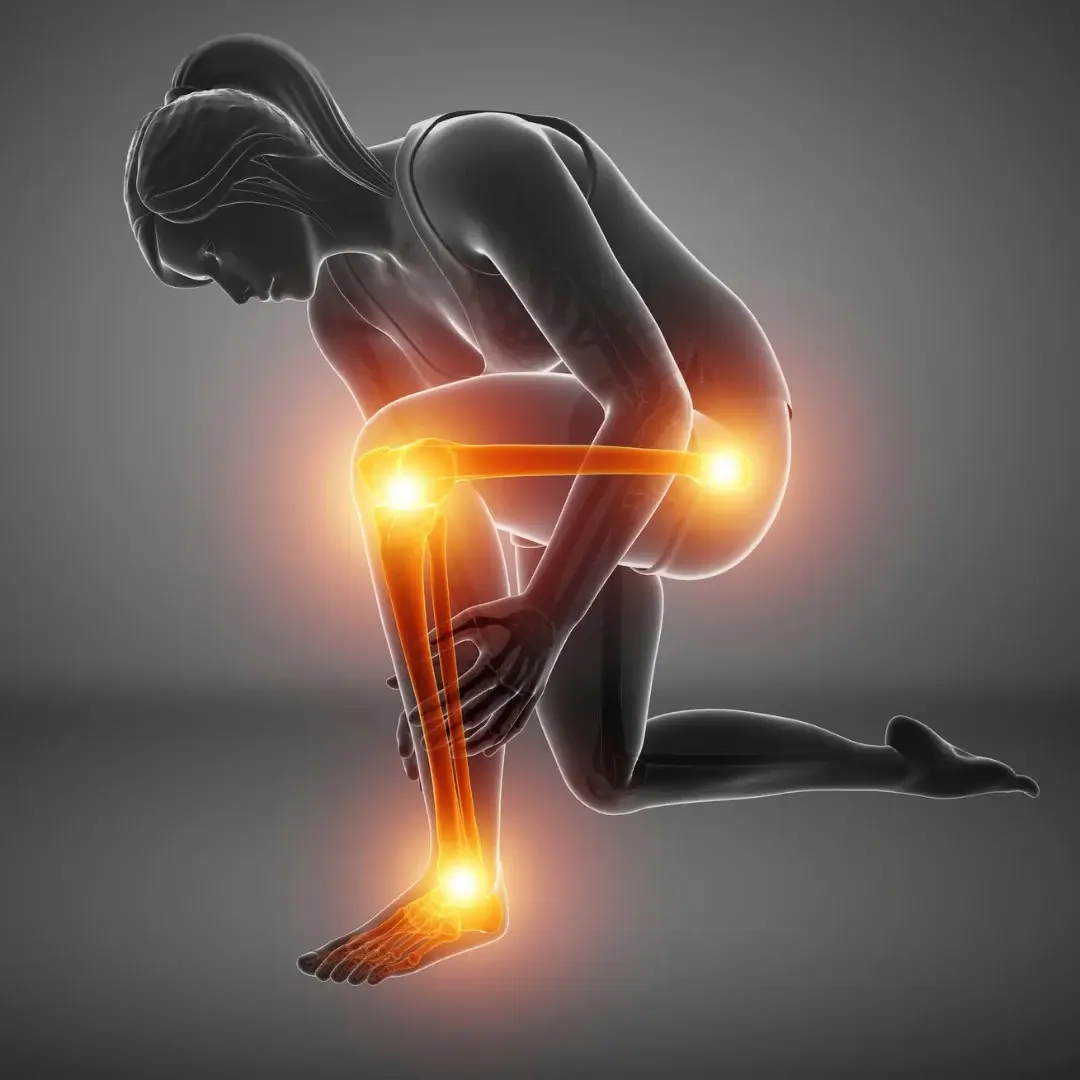Overview:
Sciatica refers to pain that radiates along the path of the sciatic nerve, which branches from the lower back through the hips and buttocks and down each leg. This condition typically results from compression or irritation of the sciatic nerve, causing varying degrees of discomfort and numbness in the affected leg.
Anatomy:
The sciatic nerve originates from the lower lumbar and sacral spine, extending down the back of each leg. It is the longest and widest nerve in the human body, responsible for controlling sensation and muscle function in the lower extremities.
Causes:
Sciatica can be caused by various factors, including:
- Herniated or bulging discs in the lumbar spine.
- Degenerative disc disease.
- Spinal stenosis (narrowing of the spinal canal).
- Piriformis syndrome (compression of the sciatic nerve by the piriformis muscle).
- Spinal misalignments or subluxations.
- Trauma or injury to the spine.
Symptoms:
Common symptoms of sciatica include:
- Sharp, shooting pain that radiates from the lower back or buttocks down the leg.
- Numbness or tingling sensations in the leg or foot.
- Weakness or difficulty moving the affected leg.
- Worsening pain with sitting, standing, or walking for prolonged periods.
Diagnosis and Tests:
Diagnosis of sciatica involves a thorough physical examination, medical history review, and diagnostic imaging such as MRI or CT scans to identify the underlying cause of nerve compression.
Treatment:
Treatment options for sciatica may include:
- Conservative measures such as rest, ice or heat therapy, and over-the-counter pain medications.
- Physical therapy to strengthen the muscles supporting the spine and improve flexibility.
- Epidural steroid injections to reduce inflammation and alleviate pain.
- Chiropractic adjustments to correct spinal misalignments and alleviate nerve compression.
- Surgical intervention, such as discectomy or laminectomy, for severe cases resistant to conservative treatments.
Prevention:
Preventive strategies for sciatica include maintaining good posture, practising proper lifting techniques, engaging in regular exercise to strengthen the core muscles, and avoiding activities that strain the lower back.
Outlook / Prognosis:
The prognosis for sciatica depends on the underlying cause and severity of nerve compression. With appropriate treatment and lifestyle modifications, many individuals experience significant improvement in symptoms and functional ability.
Living With:
Individuals with sciatica should work closely with healthcare providers to develop a comprehensive treatment plan tailored to their specific needs and goals. By adhering to recommended therapies and adopting preventive measures, individuals can effectively manage symptoms and improve overall quality of life.

